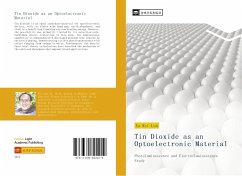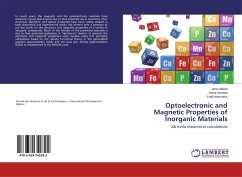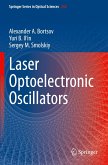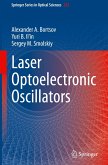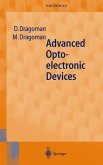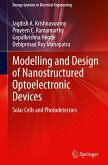Tin dioxide is an ideal candidate material for optoelectronic devices, with its direct wide band gap, earth-abundance, and stability benefiting from high exciton binding energy. However, the possibility was primarily limited by its selection-rule-forbidden direct transition. In this work, the luminescence capability is unbounded with developed methods that require no extrinsic doping, demonstrating visible photoluminescence with colors ranging from orange to white. Furthermore, the density functional theory calculations have unveiled the mechanism of the achieved phenomena that empower broad applications.
Hinweis: Dieser Artikel kann nur an eine deutsche Lieferadresse ausgeliefert werden.
Hinweis: Dieser Artikel kann nur an eine deutsche Lieferadresse ausgeliefert werden.

